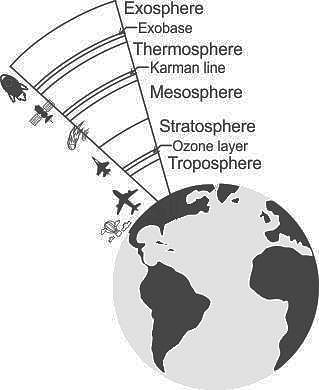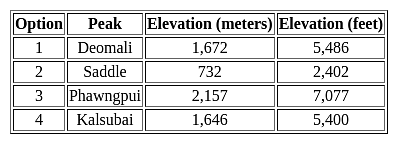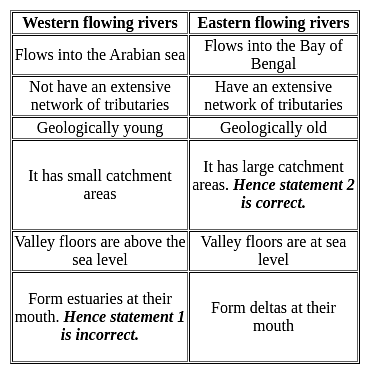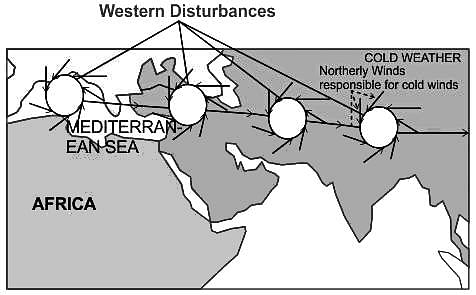APSET Paper 2 Mock Test - 10 (Geography) - AP TET MCQ
30 Questions MCQ Test APSET Mock Test Series 2025 - APSET Paper 2 Mock Test - 10 (Geography)
“Whatever the men do in their own environment, they cannot completely get rid of themselves completely." - Who said this?
| 1 Crore+ students have signed up on EduRev. Have you? Download the App |
Which port was developed as a satellite port of Mumbai Port?
In which layer the maximum part of the atmosphere (by mass) is found?
The highest per capita emitter of Carbon dioxide in the world is :
Given below are two statements, one labelled as assertion(A) and other labelled as reason(R).
Assertion(A)- Aerial photographs are more useful when spatial detail is more critical than spectral information.
Reason(R)- Aerial photograph’s spectral resolution is generally coarse.
Which of the following is the cause of tides?
A. Moon's gravitational pull
B. Sun's gravitational pull
C. Centrifugal force
D. Gravitational pull of Earth
Select the answer from the codes given below :
With reference to the Peninsular drainage system consider the following statements?
1. Western flowing Peninsular rivers form deltas at their mouth.
2. Eastern flowing river has the larger catchment areas and valley floors are at sea level.
Which of the statements given above is/are correct?
Direction: The following item consists of two statements, statement 1 and statement 2. Examine these two statements carefully and select the correct answer from the code given below.
Statement 1:
The salinity of oceans is relatively higher near the equator than in other regions.
Statement 2:
The Equator region has heavy rainfall, high relative humidity and calm air.
Consider the following statements:
1. Indian Mahogany species is well-known for its dense, redwood.
2. Mahogany can be found in almost every part of India.
3. Indian scientists discovered that the mahogany tree emits a sulphur compound that can help to reduce atmospheric warming caused by greenhouse gases.
4. Mahogany is considered a Mesophyte.
5. It is a fast-growing upright tree with an outwardly rounded symmetrical crown.
How many of the above statements are correct?
Given below are two statements. One is labelled as Assertion (A) and the other is labelled as Reason (R).
Assertion(A) : Unsupervised Classification normally requires only a minimal amount of input from the analyst.Reason(R) : A priori knowledge of the scene or training sites are required to run this classification.
Select the correct answer from options given below :
a) Society is a mosaic of various modes of social processes and interactions.
b) Industrialization has always been a positive force in modernizing the society.
c) Competition as a social process has always been an universal action.
d) Accommodation goes hand in hand with cooperation and conflict.
Which of the following options are correct?
Match list I correctly with list II and select your answer using the codes given below
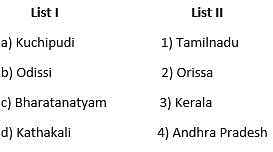
1) It is of little use in crop production
2) It is highly retentive of moisture
3) It cover an area of about 2.48 lakh sq. km.
4) It is rich in potash and lime.
Which of the following options are correct?
During the cold weather season, in the northern plains, there will be an inflow of cyclonic disturbances from the ______ directions.
Which of the following is NOT a direct consequence of global warming?
According to the passage, the primary driver of global warming is:
Which is not an effect of ocean current on the socio-economic and climatic condition of the coastal region?
|
60 tests
|


